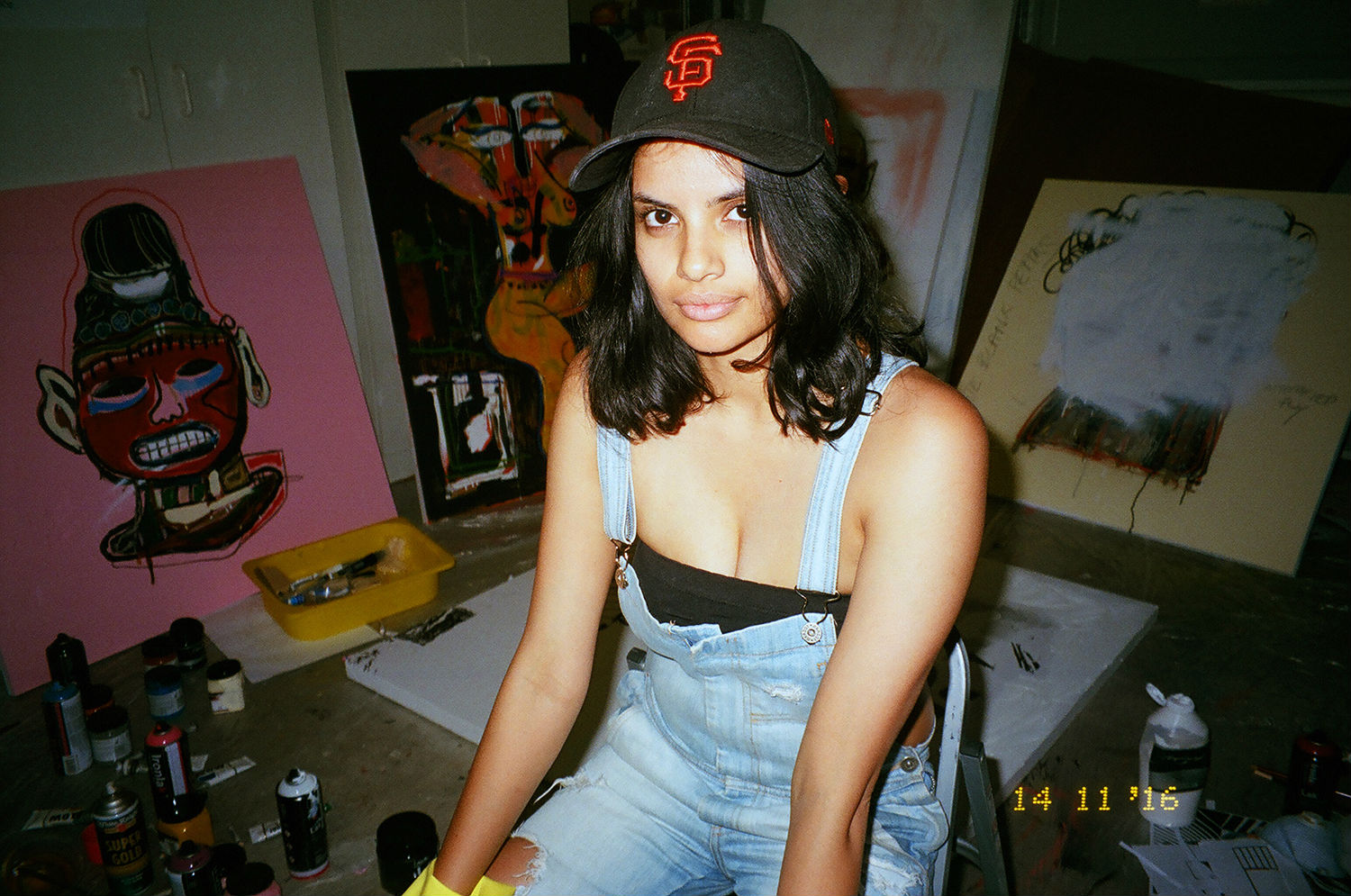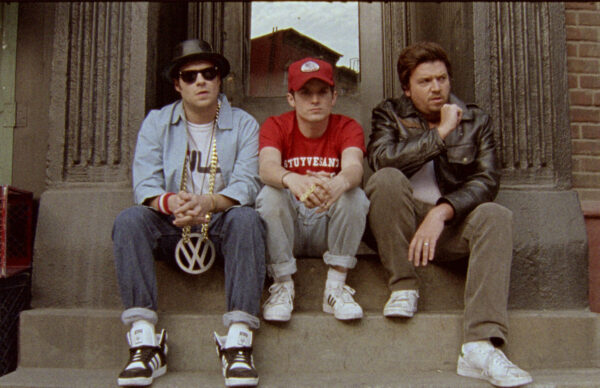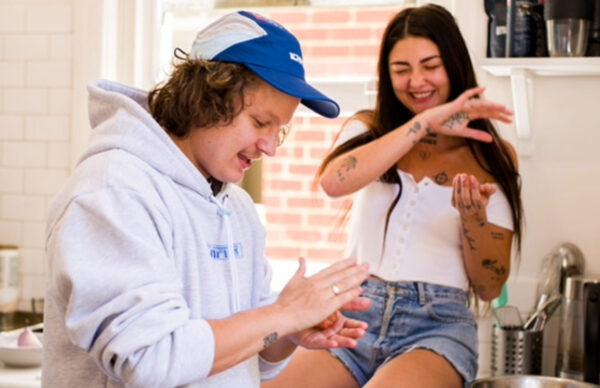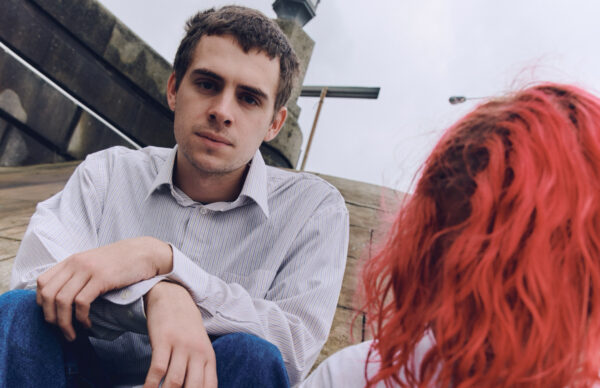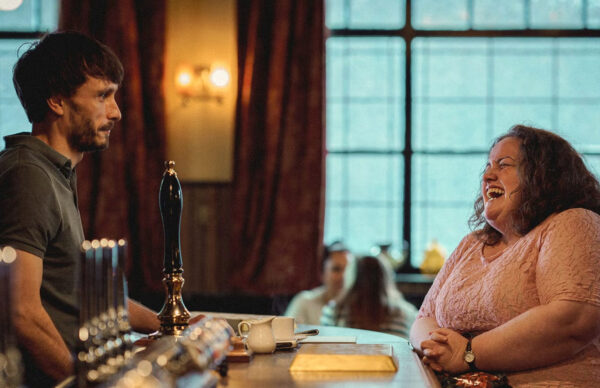Images by Victoria Houllis // Words by Christopher Kevin Au
Misrepresentation of minorities in the media is commonplace, which is what makes it so refreshing to find a genuine voice who expresses their experiences creatively.
Joanna Frank is a Sydneysider who moved Down Under as an infant, direct from India. As a coloured woman in Australia, she’s found herself caught between worlds and even dismissing the importance of her heritage. It’s a feeling known all too well by minorities – and she explores the female identity in India with her Heaven exhibition hitting Goodspace Gallery tomorrow evening.
Ahead of the show, we spoke to Joanna to explore her motivations behind the artwork and experiences that have led her down this path. Read below and find more details on Heaven here:
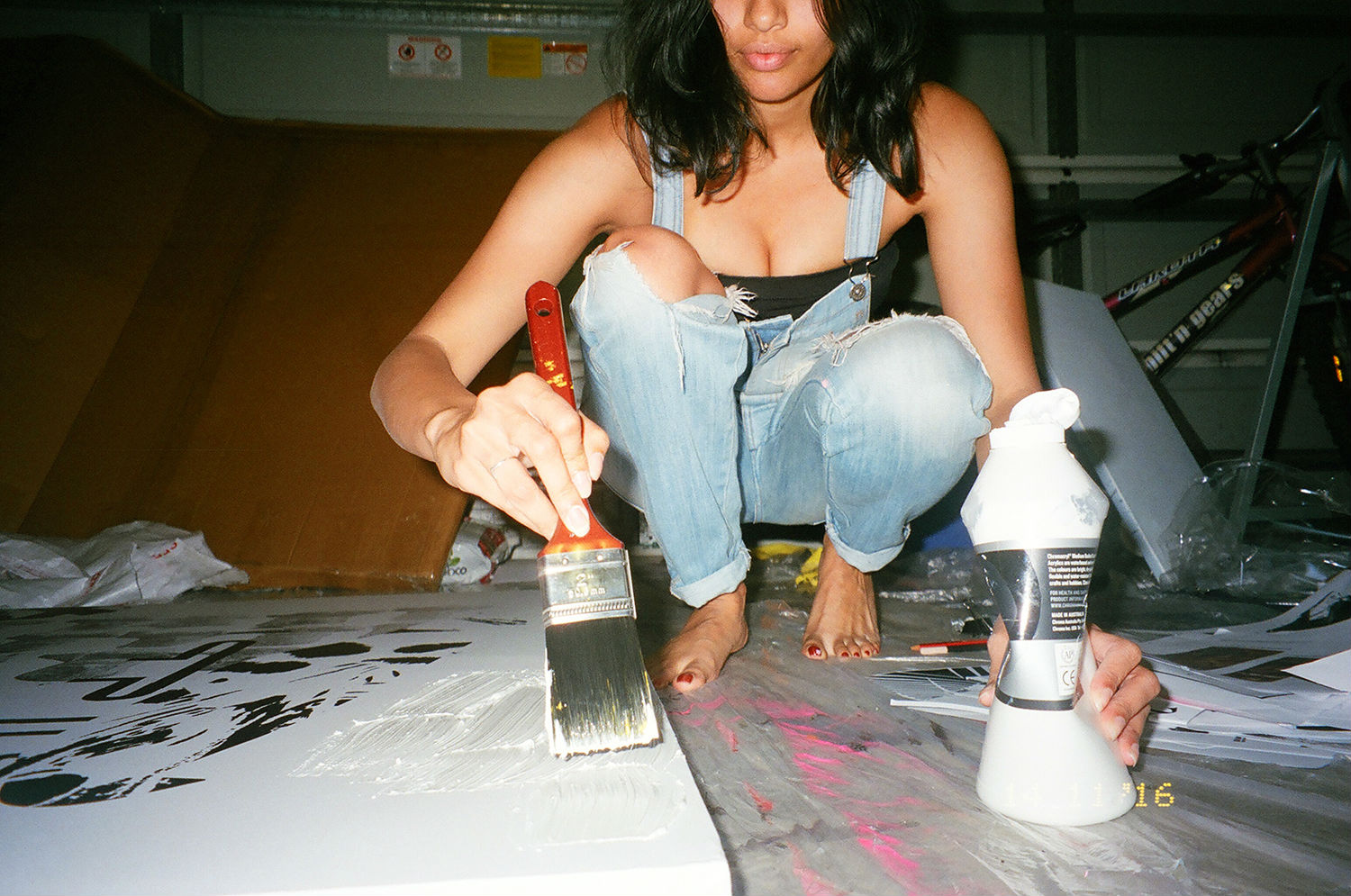
Tell us who you are and how you chose art as a creative avenue?
My name is Joanna, I was named after a character on the Bold and the Beautiful. I was born in Chennai, India and moved to Sydney when I was five. I’ve always had an interest in art since I was young.
Explain why you have chosen the title ‘Heaven’ for your exhibition?
There is no real meaning behind the title ‘Heaven’. I subconsciously wrote the word on some of the artworks.
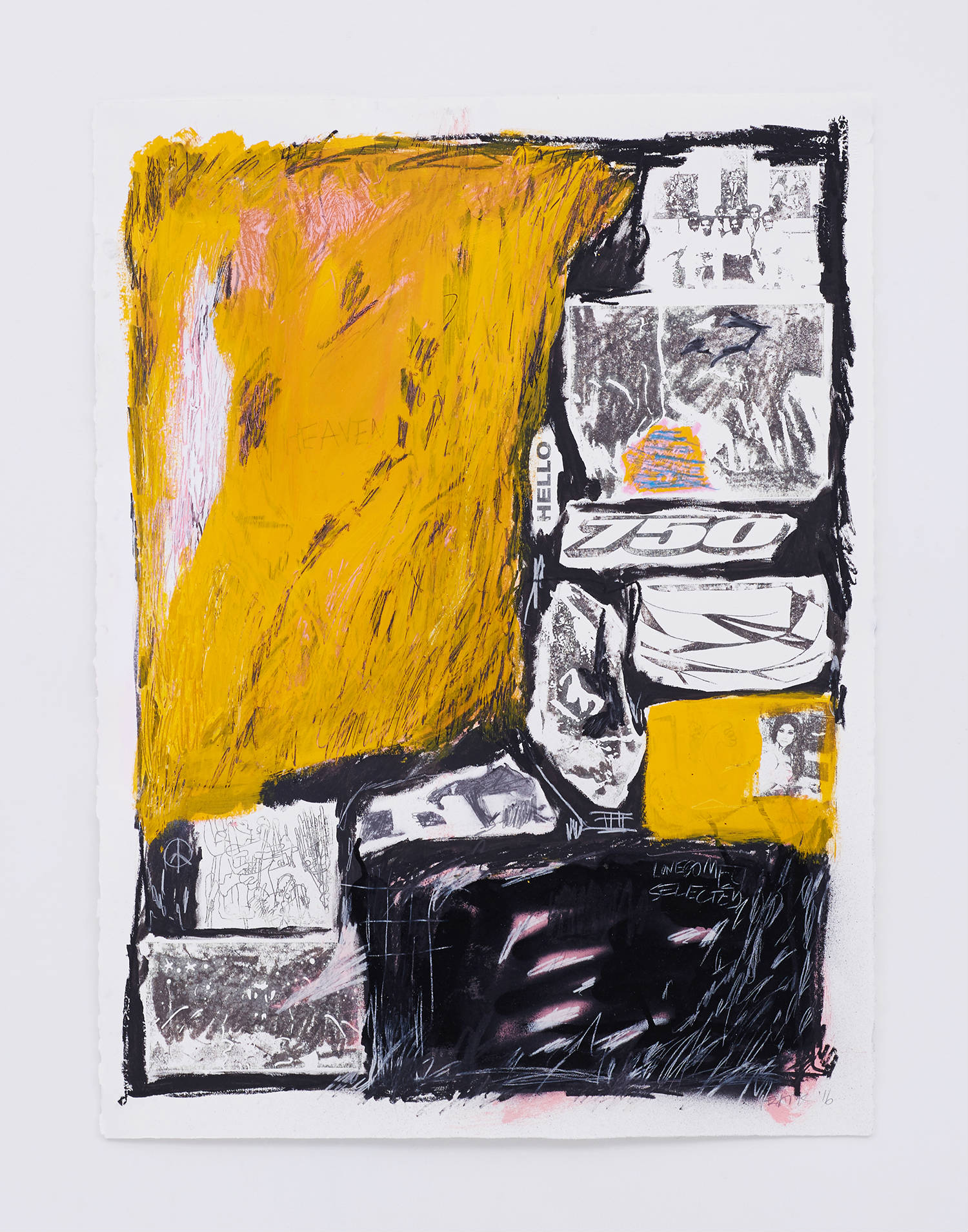
The exhibition will explore the female identity in Indian culture. How do you think women are depicted in India, and how has this changed over time?
The depiction of women in India is largely consumed through cinema. These movies have been portraying women in stereotypical frames for years. The women are subordinate, submissive and usually homemakers. Indian society is male dominated and within the media, women are a commodity and viewed as a sexual object.
There aren’t enough women directors, writers and producers that can shift this perception and offer a real voice and insight into the lives of modern Indian women. There have definitely been exceptions that have challenged traditional conceptions and I think over time it’s becoming more prevalent.
Describe your experiences of growing up Indian in Australia. What do you make of our current standpoints on issues like immigration and assimilation?
I felt really isolated growing up in Australia in a predominately white neighbourhood. Being told by a kid at school that your skin looked like a shit he took in the toilet can be quite damaging to a young child. I remember telling my mum and she was furious, she told me if he said it again I should say that his skin looked like the bird shit all over our balcony. There was a long period where I hated everything about my Indian heritage
Occupying the space between two cultures was really confusing and exhausting. I now see it as something really positive – I feel like the tension between these opposing identities creates the most interesting art.
I think Australia should look to Canada for some inspiration re:immigration and assimilation.
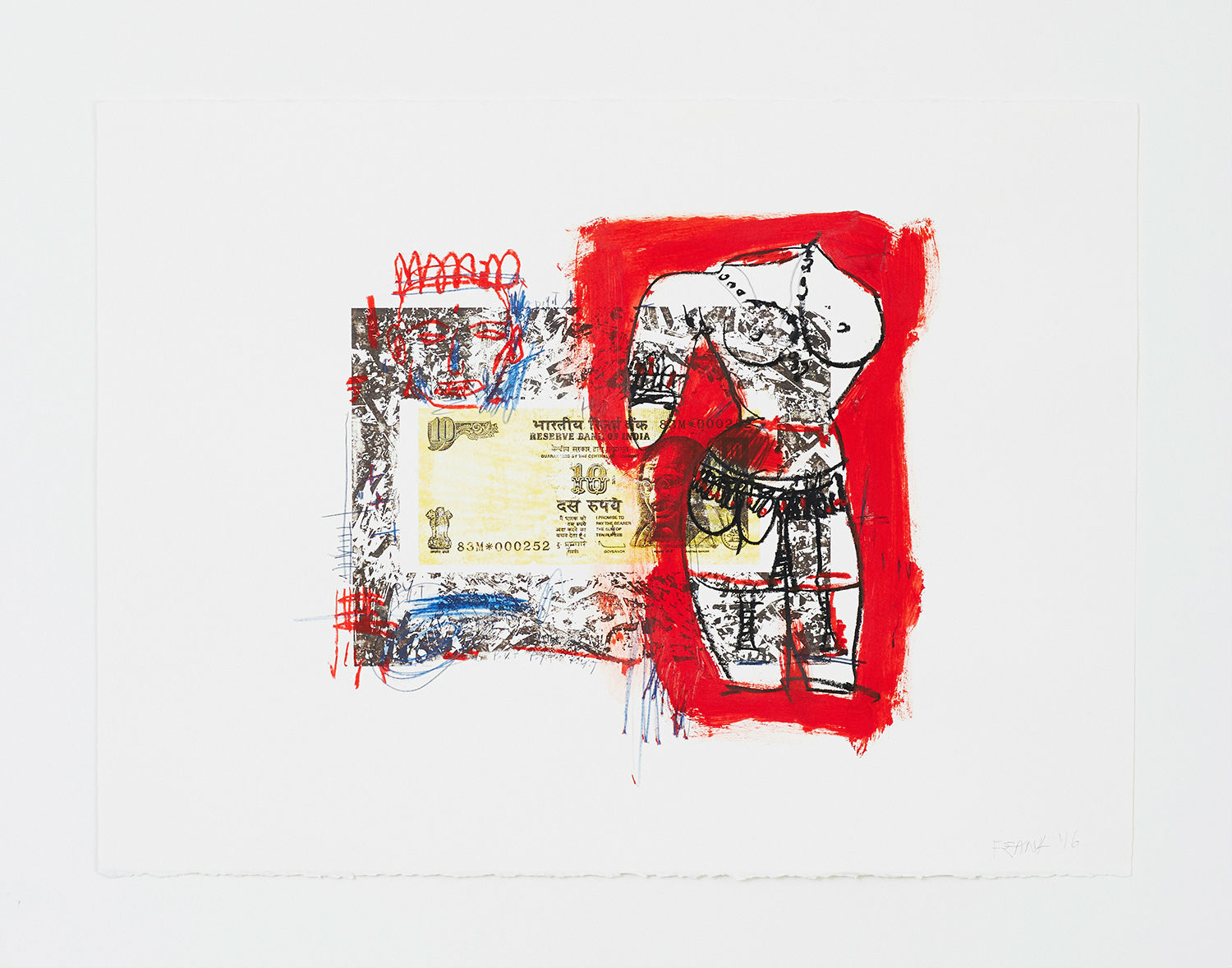
What do you think are some of the main misconceptions about Indian culture in Australia? Has this been fueled by media or has the media opened up a larger dialogue about the culture?
I’ve lived in Australia for over 20 years and in that time India’s global profile has grown significantly. Despite this, I still get asked the same questions over and over again. Will you get an arranged marriage? Do you speak Indian? Do you eat butter chicken all the time?
Western media usually depicts Indians/India in a stereotypical manner and more often than not it’s quite negative – dirty, chaotic, poor, uneducated etc. I think when there’s a lack of diversity within popular media it’s hard to have any real interesting dialogue.
You will combine traditional and contemporary imagery in this exhibition. What are some of your main visual inspirations and where have you found them?
South Indian sculpture is definitely one of my main visual inspirations. I was also inspired by images of Bollywood stars, Indian porn stars and Kollywood video girls.
My cousins’s husband is an actor in South Indian cinema and I was lucky enough to visit the set while they were shooting one of the music videos. I met a girl named Daisy who was one of the dancers and had a lead role in the song. She had no other part in the movie and her interaction between the male and female lead seemed really out of place.
My mum explained to me that the sole purpose of these video girls is to wear really revealing clothing. The female lead’s wholesome image is preserved and they can still appease the desires of the large male audience.

This exhibition seems quite personal to your experience. What do you hope other Indian women will gain from viewing it?
I don’t know if there’s anything to gain, but when I see other people of Indian origin creating art I feel really proud and empowered. So I hope they leave feeling the same way.
What’s on the cards for Joanna Frank for the rest of 2016?
I have a collaboration with Sydney clothing label Pseushi that’s in the works, and I also intend on releasing some music, so stay tuned.
